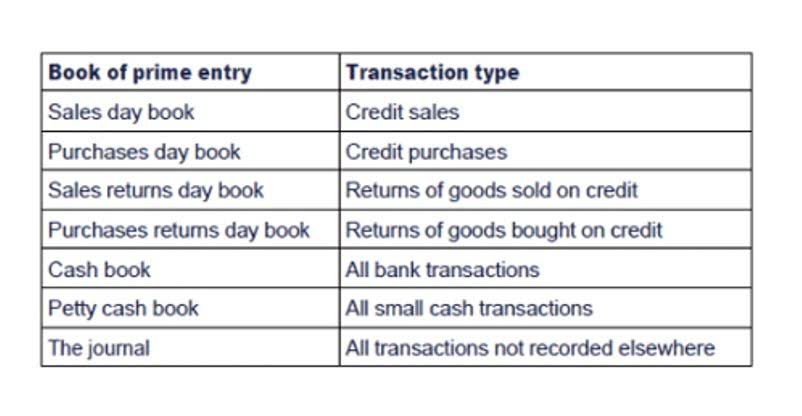Presentation of Financial Statements IAS 1

These elements include operating income, non-operating income, Other Comprehensive Income (OCI), and the tax impact on OCI. The other income information cannot uncover the company’s day-to-day operations, but it can provide insight on other essential items. For example, an analyst can obtain insight regarding the management of the company’s investments. The reported investments’ unrealized gains/losses may forecast the company’s actual, realized gains or losses on its investments. In 2007, the IASB (International Accounting Standards Board) published a revised version of IAS 1 that included some changes to the presentation of comprehensive income.
Impact on Financial Statements and Analysis
Foreign currency translation adjustments are a significant component of Other Comprehensive Income (OCI) that arise when a company has operations in foreign countries. These adjustments are needed to convert the financial statements of foreign operations from their functional currency into the reporting currency of the parent company. The adjustments reflect the changes in exchange rates between the functional currency and the reporting currency over the reporting period.
Statement of Comprehensive Income

This section explores how to analyze this statement, understand the impact of Comprehensive Income on financial health, and use ratio analysis and performance metrics. Operating income, also known as operating profit or earnings before interest and taxes (EBIT), represents the profit from a company’s core business operations. It is calculated by subtracting operating normal balance expenses, including the cost of goods sold (COGS), selling, general and administrative expenses (SG&A), depreciation, and amortization, from the total revenue. Operating income is a crucial line item as it reflects the company’s efficiency in its core business operations and its ability to generate profit from its primary activities. The two-statement approach separates the income statement and the comprehensive income statement into two distinct but consecutive financial reports. The first statement presents the traditional income statement, culminating in the net income figure.

Example: Impairment of trade receivables under IFRS 9

However, there’s no obligation to include narrative or descriptive information about the preceding period if it isn’t necessary for understanding the current period (IAS 1.38). Explore the key components and financial impact of comprehensive income, and understand its distinction from net income in financial reporting. Cash flow hedges are used by companies to lock in costs or revenues in advance, concerning specific financial or commodity risks. For example, a company might use interest rate swaps to hedge against fluctuations in interest payments or futures contracts to hedge against price changes in commodities. The rationale behind this step is that each change in the balance sheet has also some impact on the cash flow statement—and if not (when movement in balance sheet is fully a non-cash item), it will be adjusted for later. By exploring these resources and literature, readers can enhance their understanding of the Statement of Comprehensive Income, its importance in financial reporting, and the https://www.bookstime.com/ broader context of financial analysis and reporting standards.
Examples and Financial Health Impact
- Nevertheless, deciding which set of standards to use when making financial reports like the income statement would depend on whether the company operates in the US or internationally.
- Also, companies should provide an explanation of the nature of the amount and why the item has been classified as unusual or exceptional.
- These will be reclassified in a future accounting period therefore impacting profit or loss.
- It’s important to note that other comprehensive income is NOT included in the calculation of net income but is included in the calculation of comprehensive income (see the Wellbourn financial statements above).
- This distinction is crucial because it reflects the economic events that affect a company’s net assets and equity beyond the transactions reflected in net income.
- These advancements contribute to more transparent, comprehensive, and timely financial information, aiding stakeholders in making informed decisions.
In December 2003 the IASB issued a revised IAS 1 as part of its initial agenda statement of comprehensive income of technical projects. The IASB issued an amended IAS 1 in September 2007, which included an amendment to the presentation of owner changes in equity and comprehensive income and a change in terminology in the titles of financial statements. In June 2011 the IASB amended IAS 1 to improve how items of other income comprehensive income should be presented.

